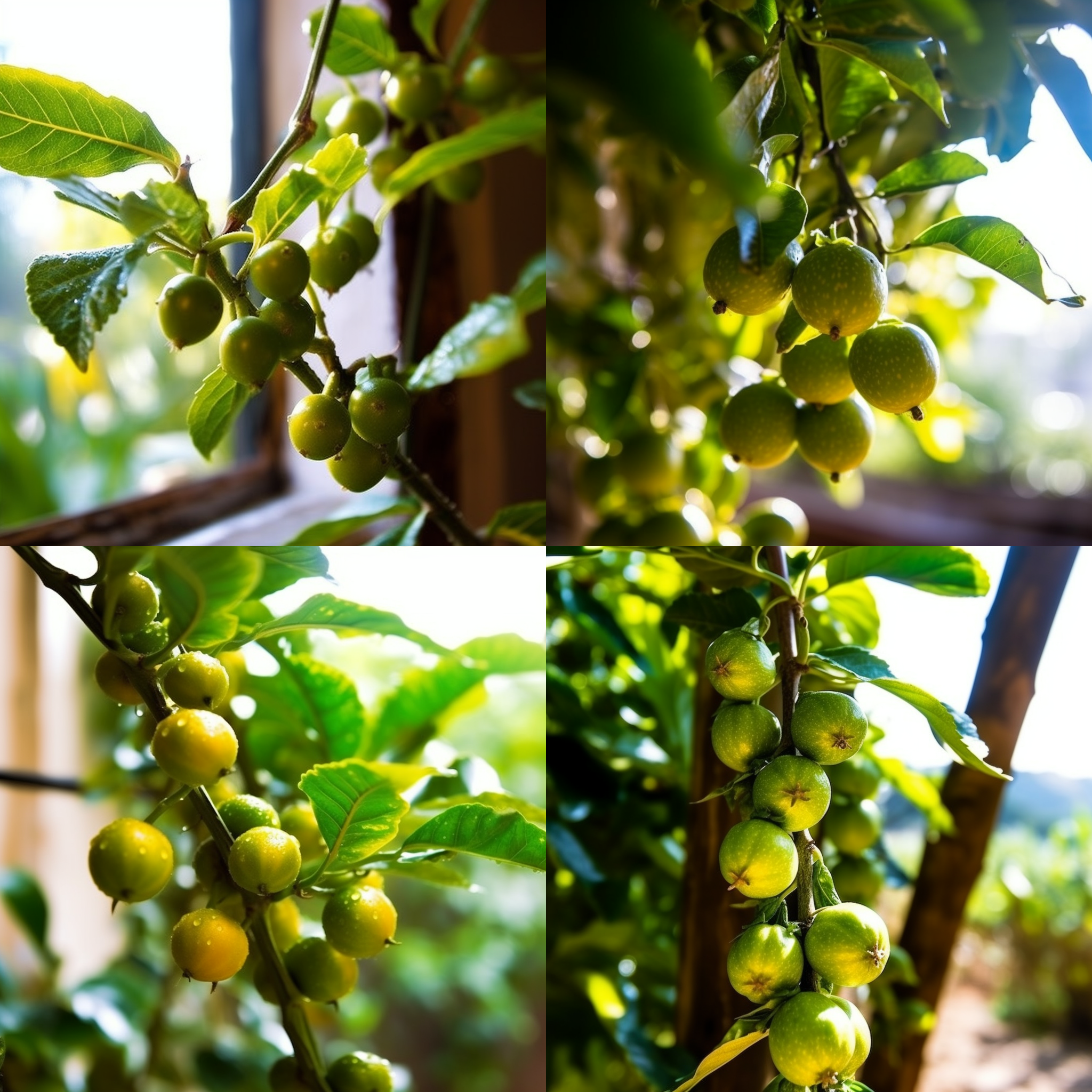Story of Day :
Contents
The Complete Guide to Passion Fruit Plant: Care Tips and Everything You Need to Know
Passion fruit is a tropical fruit that is famous for its sweet taste and irresistible aroma. The passion fruit plant, also known as Passiflora edulis, is a vine that can grow up to 20 feet tall and produce hundreds of fruits in a year. If you are looking for an exotic plant that will add beauty and flavor to your garden, the passion fruit plant is an excellent choice. In this guide, we will provide you with all the essential care tips and information you need to know about growing passion fruit plants.
Types of Passion Fruit Plants
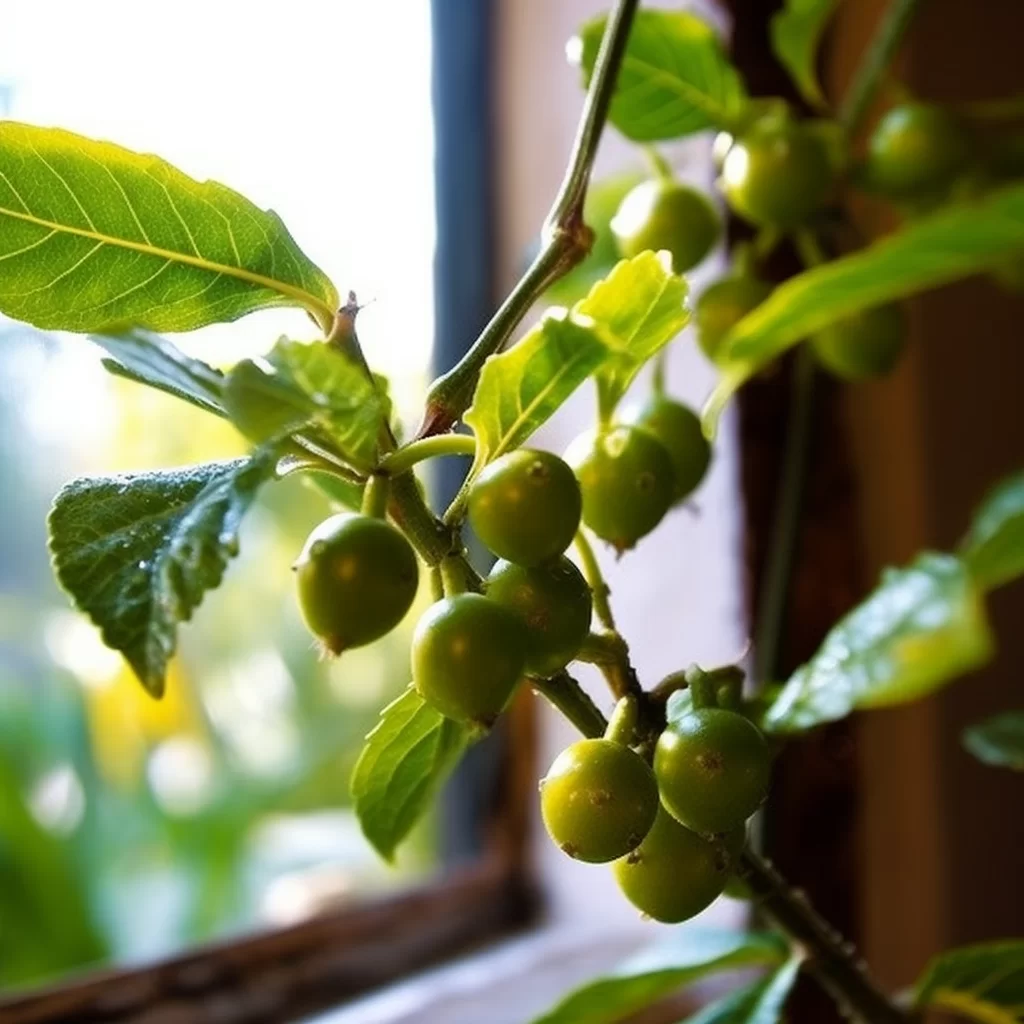
There are two main types of passion fruit plants – purple and yellow. The purple variety has a tangy-sweet flavor, while the yellow variety has a milder taste. Both types require similar care but have slight differences in their appearance.
Purple Passion Fruit Plant:
- The leaves are dark green with serrated edges
- The flowers have white petals with purple-blue centers
- The fruits are round or oval-shaped with deep purple skin when ripe
- The pulp inside the fruits is orange-yellow in color
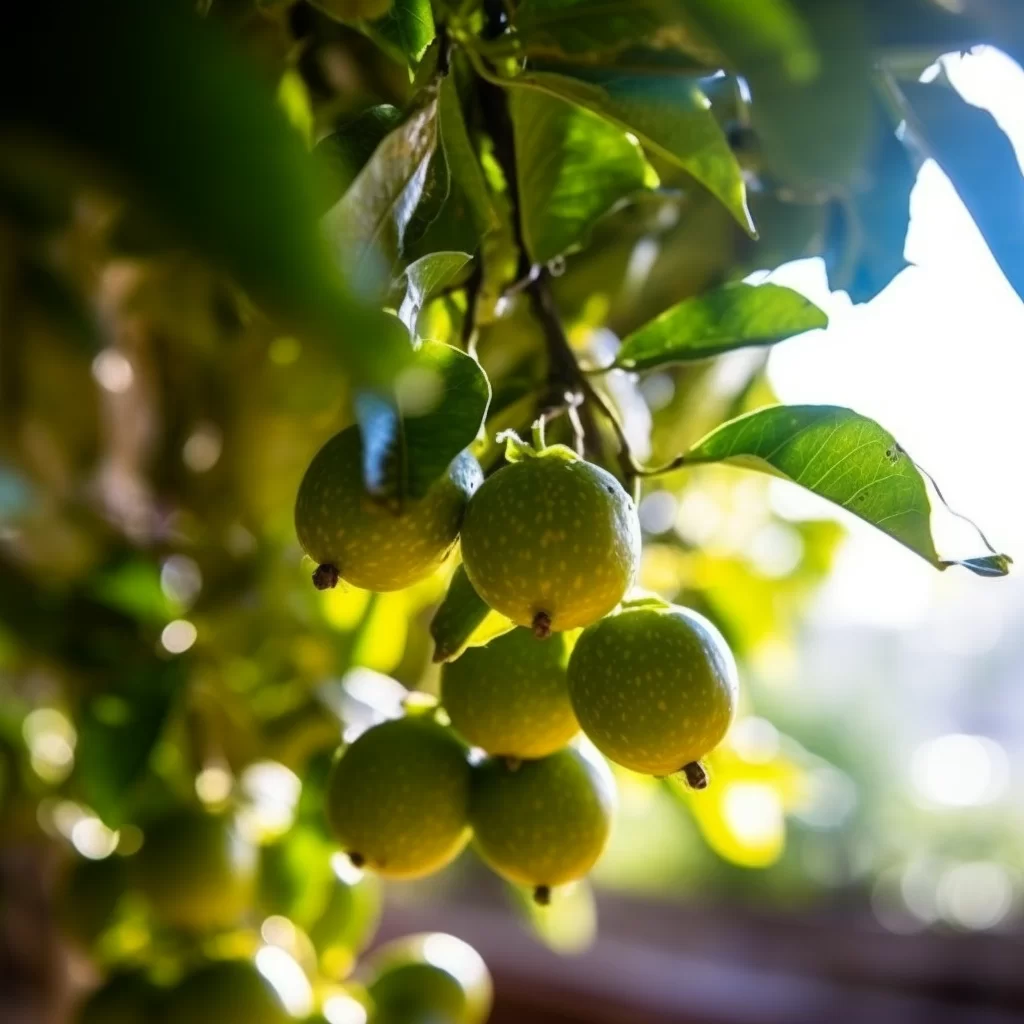
Yellow Passion Fruit Plant:
- The leaves are light green with less defined edges than the purple variety
- The flowers also have white petals but with pale centers
- The fruits are slightly bigger than the purple ones but lighter in color (yellow) when ripe
- The pulp inside the fruits is yellowish-orange.
Passion Fruit Plant Care Tips
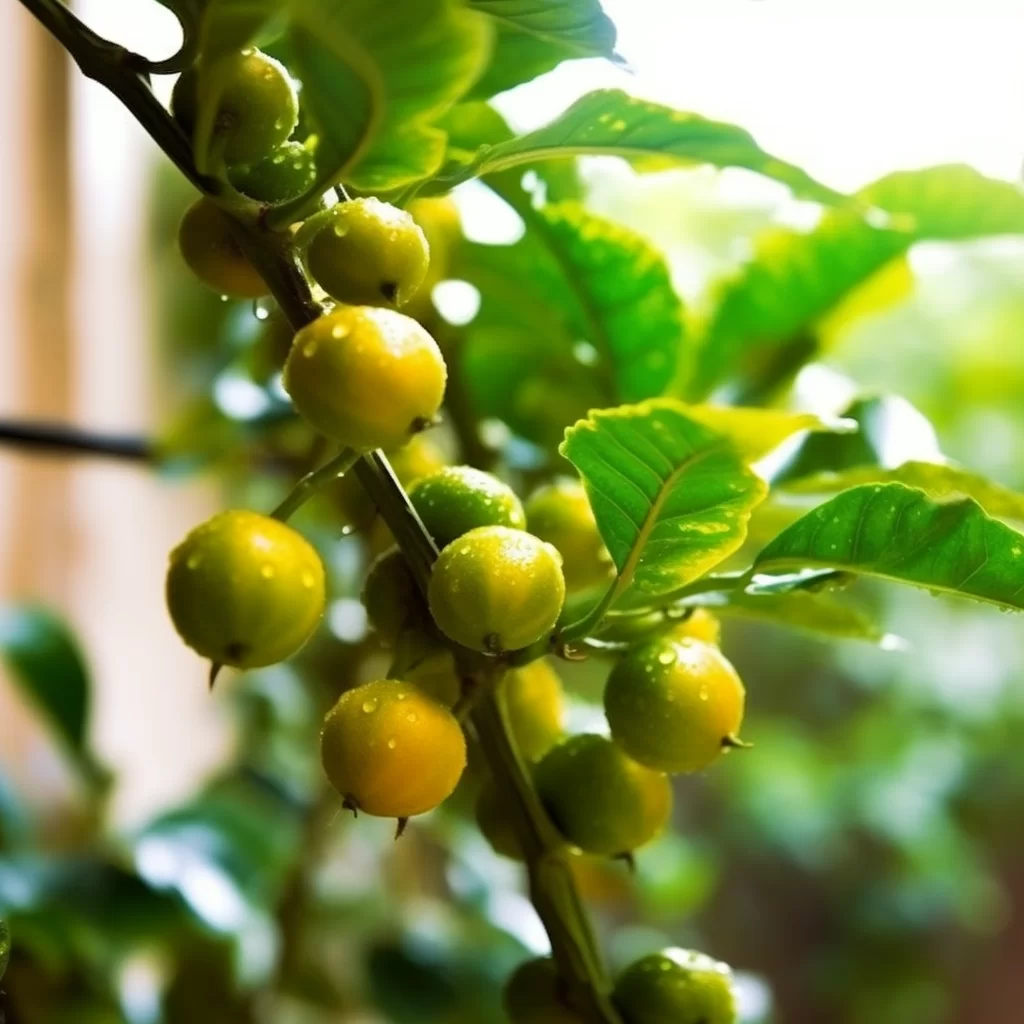
Passion fruit plants require a warm and humid climate to thrive. They are native to South America, but you can also grow them in tropical regions or in a greenhouse. Below are some care tips that will help you grow healthy and thriving passion fruit plants:
Choose the Right Location
- The passion fruit plant needs full sun exposure to produce fruits.
- Plant your vine in an area with well-draining soil that is rich in organic matter.
- Make sure there is enough space for the vine to spread its branches, as it can grow up to 20 feet long
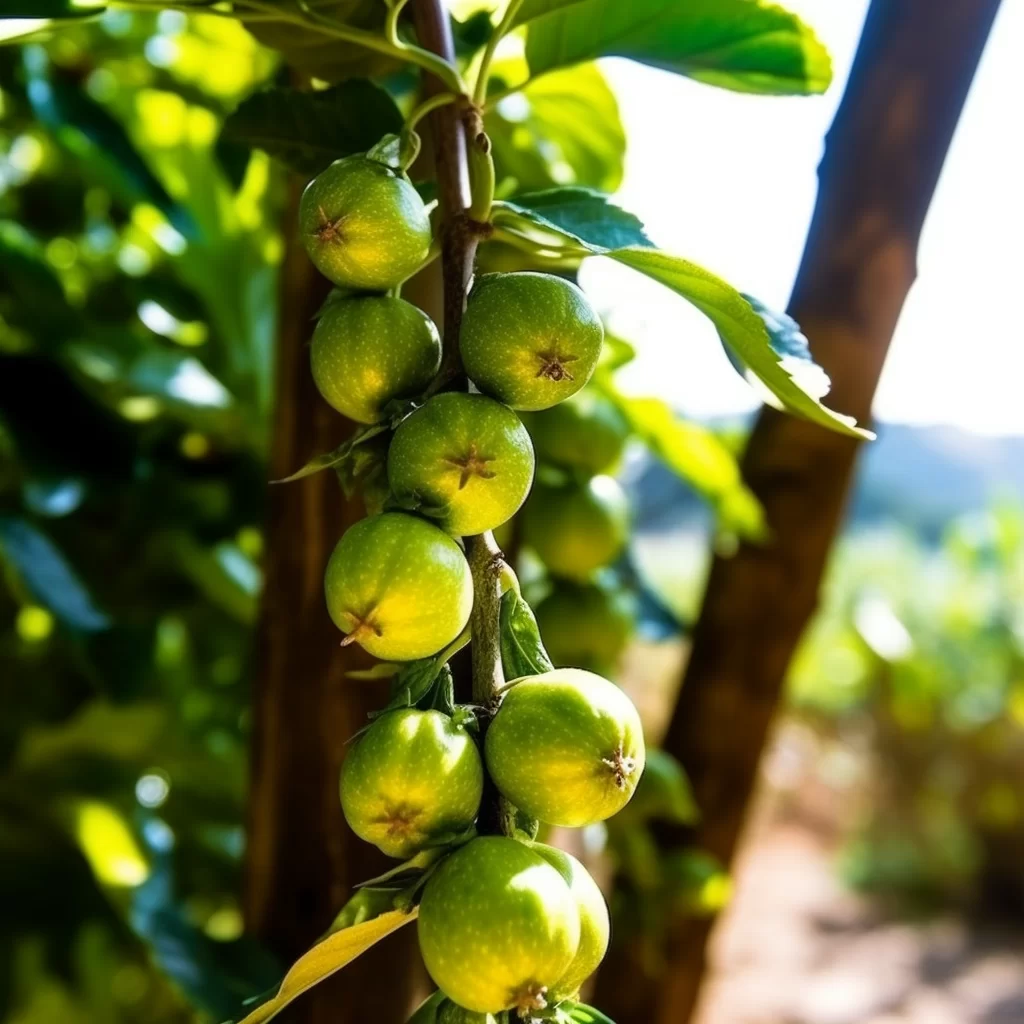
Watering
- Water your passion fruit plant regularly (once or twice a week) during the growing season (spring and summer)
- Reduce watering during the dormant season (fall and winter), but don’t let the soil dry out completely.
- Passion fruit vines need moist soil, but they don’t tolerate standing water. Make sure the soil drains properly by adding compost or perlite if needed.
Fertilizing
A well-fed passion fruit plant will produce more fruits than one that lacks nutrients. Therefore, you need to fertilize your vine at least once every two weeks during its growing season using either balanced fertilizer or manure containing high phosphorus content for better flowering.
Pest Control
The most common pests that attack passionfruit vines include mites, aphids, thrips & nematodes which can cause significant damage if not controlled early enough. Applying insecticides such as neem oil solution mixed with liquid soap on affected areas helps control these pests before they become too destructive.
Harvesting Passion Fruit Plant Fruits
The passion fruit plant takes about 8 to 12 months to mature and start producing fruits. To know when the fruit is ready for harvesting, look out for the following signs:
- The skin turns from green to purple or yellow, depending on the variety.
- The fruit becomes slightly wrinkled.
- You can hear a hollow sound when you tap it lightly.
When harvesting your passion fruit, make sure you twist it gently from its stalk or cut using a sharp knife without damaging the stem. Store them in a cool dry place or refrigerator before consumption .
Conclusion
Growing passionfruit plants is enjoyable and rewarding if you provide them with proper care. The plant provides shade and ornamental value in addition to delicious fruits that can be used for making juice, desserts & jams. Follow our guide above on how best to grow this exotic crop right in your backyard garden today!
